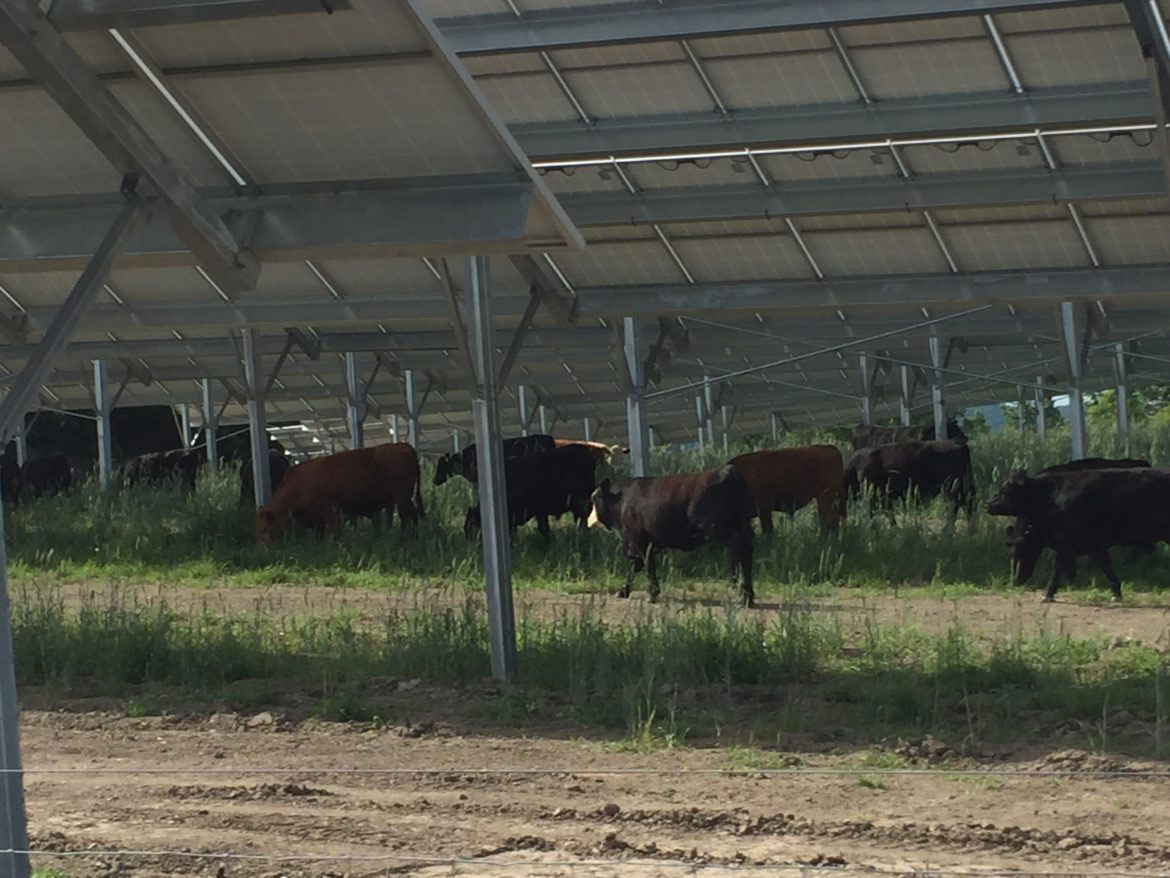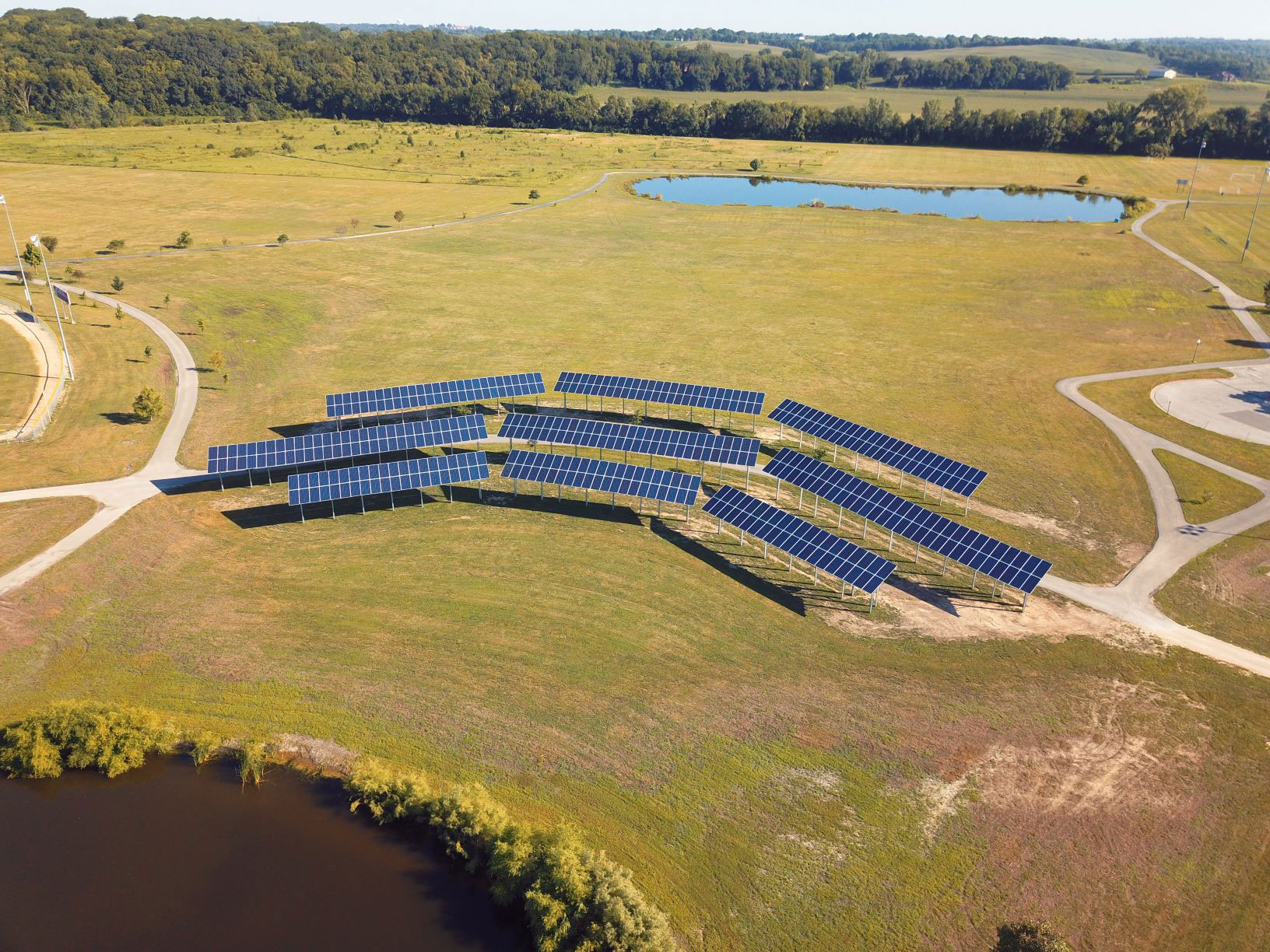Agrivoltaics — the dual use of land for both solar and agricultural production — offers the ultimate win-win. Through this symbiotic relationship, farmers and PV developers can work together to harvest planetary benefits. Agrivoltaics, or AgriPV, has been shown to increase crop production, protect ecosystems, reduce water use, and boost solar panel efficiency — all while generating income and saving farms.
Over the past decade, RBI Solar has developed and deployed adapted racking systems that allow growers to harvest the sun’s power twice, generating energy while simultaneously increasing crop yields.
AgriPV sows climate-positive results
Globally, AgriPV has mushroomed from 5 MW in 2012 to around 2.9 GW in 2020. This blossoming interest comes from the system’s ability to address climate concerns while simultaneously preserving farmland and meeting the growing demand for solar sites.
According to the National Renewable Energy Laboratory, utility-scale solar could cover almost 2 million acres of land in the U.S. by 2030.
A recent Oregon State University study estimates that installing agrivoltaics on just 1% of American farmland would address three critical concerns for the future: It would meet the nation’s renewable energy targets, save water, and create a sustainable, more productive food system.
In fact, harvesting both food and energy from the same site can improve the land’s quality and increase crop production. Dual land use stabilizes finances for farmers, protects farms from future development, increases local property values, and generates local jobs.
PV panel shade can create higher crop yields, according to studies by German research organization Fraunhofer ISE. Solar panels protect against hail, frost, and drought damage, eliminating the need for protective foils and other materials. By reducing wind and solar radiation, PV modules also can decrease water consumption up to 20 percent.
In one case, potato crop land use efficiency rose 186% under PV panels.



